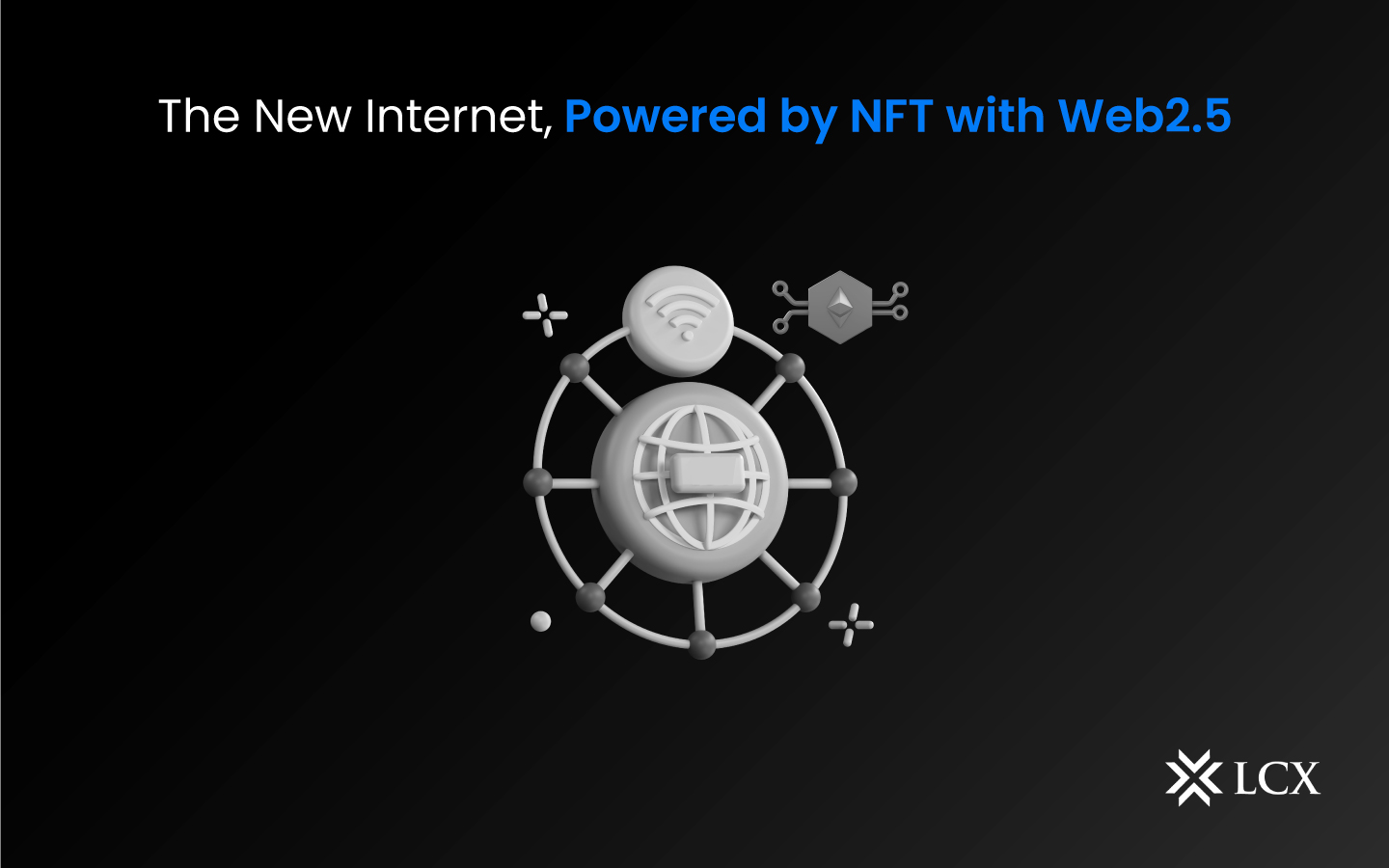3 Reasons Why the Bitcoin Price Bottom Is Not In

Bitcoin (BTC) recovered modestly on August 20, but stayed on course to log its worst weekly performance in two months.
Bitcoin hash band flashing bottom signal
On the daily chart, BTC’s price climbed 2.58% to $21,372 per token, but was still down nearly 14.5% week-to-date, its worst weekly return since mid-August. Nevertheless, some on-chain indicators suggest that Bitcoin’s correction phase may be coming to an end.
It includes Hash Ribbons, a metric that tracks Bitcoin’s hash rate to determine whether miners are in accumulation or capitulation mode. As of August 20, the calculation shows that the miners’ capitulation is over for the first time since August 2021, which could cause the price momentum to shift from negative to positive.

Nonetheless, Bitcoin has been unable to shrug off a plethora of prevailing negative indicators, ranging from negative technical setups to its continued exposure to macro risk. Therefore, despite optimistic calculations on the chain, a bearish continuation cannot be ruled out.
Here are three reasons why Bitcoin’s market bottom may not be in yet.
BTC price rising wedge breaks down
Bitcoin’s price decline this week has triggered a growing wedge breakdown, suggesting more losses for the crypto in the coming weeks.
Rising Wedges are bearish reversal patterns that form after price rises within a contracting ascending channel, but resolves after price breaks out of it to the downside, which can result in a drop to as low as the maximum wedge height.

Applying the technical principles to the BTC chart above presents $17,600 as the ascending wedge breakdown target. In other words, the Bitcoin price could fall by about 25% by September.
Bitcoin Bulls Misjudge Fed
Bitcoin had rallied about 45% during its rising wedge formation, after bottoming out locally at around $17,500 in June.
Interestingly, the period of Bitcoin’s upside movements coincided with investors’ growing expectations that inflation has peaked – and that the Federal Reserve would begin cutting interest rates as soon as March 2023.
The expectations emerged from Fed Chairman Jerome Powell’s FOMC statement from 27 July.
Powell:
“As monetary policy tightens further, it will likely be appropriate to slow the increase while we assess how our cumulative policy adjustments affect the economy and inflation.”
Nevertheless, the latest Fed plot shows that most officials expect rates to reach 3.75% by the end of 2023 before falling back to 3.4% in 2024. Therefore, the outlook for rate cuts remains speculative.

St Louis Fed President James Bullard also noted that he would support a third consecutive increase of 75 basis points at the central bank’s September policy meeting. The statement falls in line with the Fed’s commitment to bring inflation down to 2% from the current 8.5% level.
Related: Options data shows Bitcoin’s short-term uptrend is at risk if BTC falls below $23K
In other words, Bitcoin and other risk assets, which fell into bear market territory when the Fed began an aggressive tightening cycle in March, should remain under pressure for the next few years.
If history is any indicator…
The ongoing Bitcoin price recovery risks being a false bullish signal given the asset’s similar decline during previous bear markets.

BTC’s price rose by nearly 100% – from around $6,000 to over $11,500 – during the 2018 bear market cycle, only to wipe out the gains entirely and fall towards $3,200. Notably, similar pullbacks and corrections also took place in 2019 and 2022.
The views and opinions expressed herein are solely those of the author and do not necessarily reflect the views of Cointelegraph.com. Every investment and trade involves risk, you should do your own research when making a decision.






















